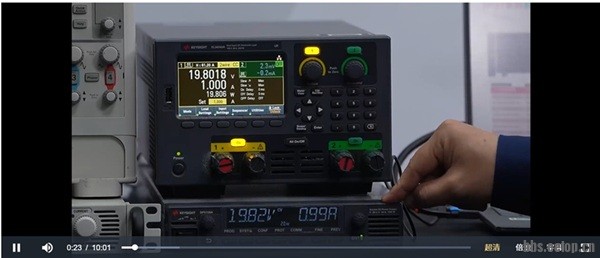日志
Dissertation I Abstract怎么写?
热度 10| ||
摘要不仅是你研究的名片,更是吸引教授眼球的第一步!想要让你的研究在众多文章中脱颖而出?
一种常见的摘要结构方法是使用 IMRaD 结构:
*Introduction
* Methods
* Results
* Discussion
1. 引言 (Introduction)
在这部分,你需要清楚地阐述研究的背景和目的。简要介绍研究问题、研究的重要性以及你期望解决的具体问题或理论疑问。使用动词如“调查”(investigate)、“测试”(test)、“分析”(analyze)或“评估”(evaluate)来准确描述研究意图。如果使用专业术语,请简明地定义,以确保所有读者都能理解。
"This study addresses the critical issue of climate change impacts on coastal communities, aiming to understand how rising sea levels affect local economies and migration patterns."
2. 方法 (Methods)
在这一部分,用一到两句话简洁地描述你的研究方法。说明你采用的具体技术或程序,例如:“我们通过对25名参与者进行结构化访谈来收集数据。”通常使用过去时,因为这描述了已经完成的行为。
"Using a mixed-methods approach, structured interviews and satellite data analysis were conducted to gather both qualitative and quantitative insights into the community responses."
3. 结果 (Results)
结果部分应使用现在时或过去时来描述。在这里,你需要突出研究的关键发现。由于字数限制,只需提及最重要的几个结果,足以让读者了解研究的主要成果。
"The study found that 60% of the surveyed communities have initiated relocation plans, with a significant correlation observed between economic status and migration speed."
4. 讨论 (Discussion)
在讨论部分,你应该概述研究的主要结论,并回答引言中提出的问题。说明你的研究是如何支持或反驳现有的理论或实际应用的。此部分通常使用现在时态,强调研究的意义和对领域的贡献。
"The findings suggest that wealthier communities adapt more rapidly to environmental changes, indicating the need for targeted governmental support for economically vulnerable areas."
摘要检查清单 (Abstract Checklist):
字数要求:确保摘要的长度符合期刊的要求,通常在100-300字之间。
清晰阐述研究问题与目标:确保读者能立即抓住你研究的核心。
简要介绍方法:让读者快速了解你的研究方式。
突出关键结果:选择最能代表你研究的结果进行展示。
主要结论:明确你的研究所达到的结论。
提及任何重要的局限性和建议:如果适用,简要提及。
普适性:确保即使是非专业人士也能理解摘要的内容。

 /1
/1 


 eetop公众号
eetop公众号 创芯大讲堂
创芯大讲堂 创芯人才网
创芯人才网